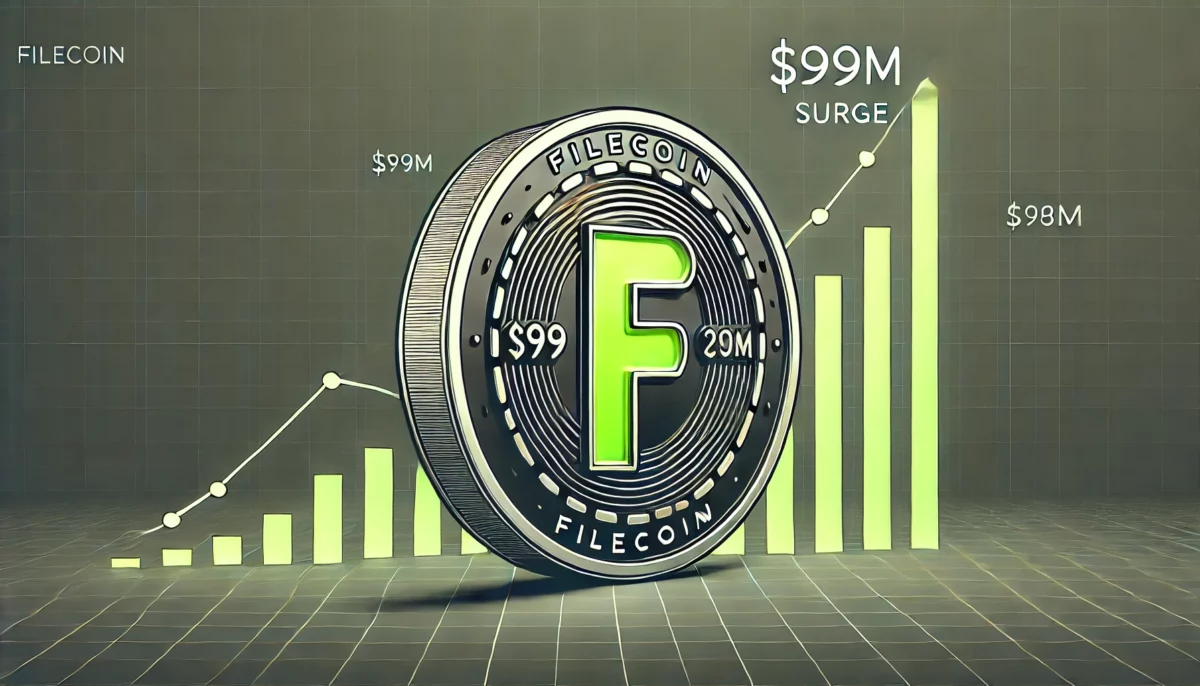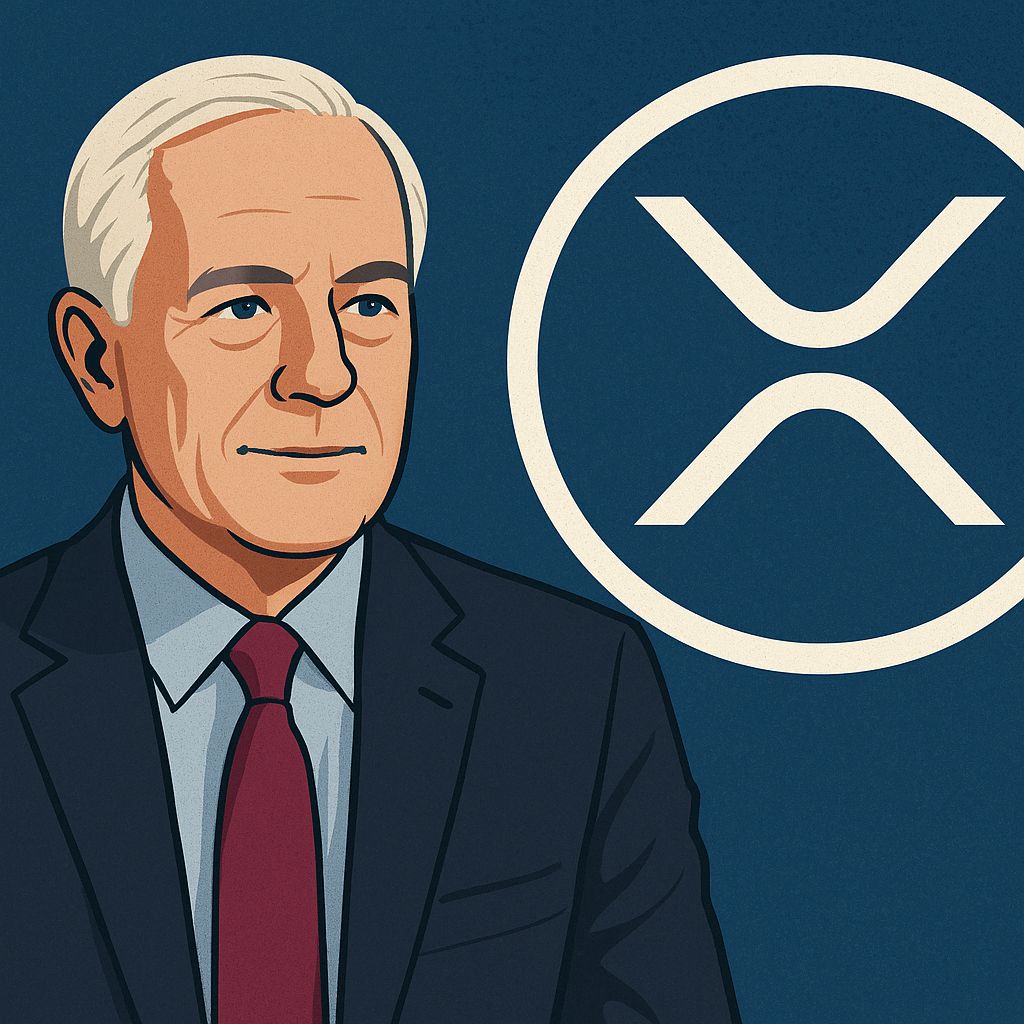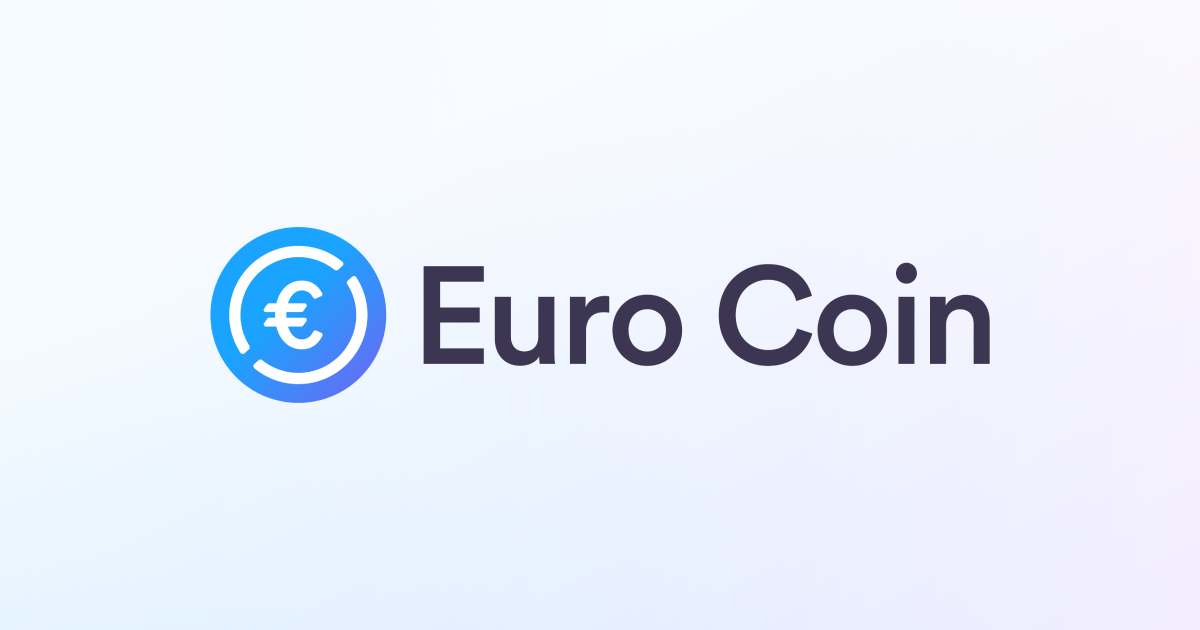Avalanche announces Avalanche9000, its largest upgrade since mainnet launch
- Avalanche9000 upgrade will enhance subnet deployment on Avalanche, making L1 launches more feasible.
- The upgrade will also Introduce customizable chains, speeding up project development and market entry.
- The announcement has had no impact on the price of AVAX, which is down 2.22% amid a broader market decline.
Avalanche, a leading high-performance blockchain platform, has unveiled its most significant network upgrade since its mainnet debut in September 2020. The upgrade, named Avalanche9000, marks a pivotal moment in the evolution of the Avalanche ecosystem as it aims to further solidify its position within the crypto landscape.
Avalanche has gained recognition for its highly scalable and flexible blockchain architecture, which enables developers to build and deploy decentralized applications (dApps) on a fast, secure, and low-cost network.
As the platform continues to grow, the introduction of Avalanche9000 is poised to elevate its capabilities, driving greater adoption and innovation across the ecosystem according to a blog post by Avalanche.
Enhancing Avalnche’s scalability and flexibility
One of the key goals of Avalanche9000 is to accelerate the deployment of subnets, specialized Layer 1 chains (L1s) that operate within the Avalanche network. These subnets allow developers to create custom chains with specific rules on membership, tokenomics, and execution layers, offering a tailored and optimized experience for different use cases.
With Avalanche9000, the deployment of these subnets will become more economically feasible, enabling a broader range of developers and enterprises to launch their own L1s. The upgrade will also introduce customizable chains, reducing the time it takes for projects to go from concept to market.
By streamlining the development process, Avalanche9000 is set to empower innovators and entrepreneurs with the tools they need to quickly and efficiently build on the Avalanche platform.
Expanding the Avalanche ecosystem
In addition to technical enhancements, Avalanche9000 will be accompanied by the release of tools and documentation designed to assist users in launching their own L1s. The upgrade is also expected to include a variety of network changes based on community proposals, along with developer incentives and partnerships with key industry players.
Several major L1 launches are already lined up, including those by Deloitte, DeFi Kingdoms, Gunzilla Games, MapleStory, Shrapnel, and SK Planet. These projects highlight the growing interest in Avalanche as a platform for both enterprise and gaming applications, further establishing its reputation as a versatile and robust blockchain solution.
As the Avalanche9000 testnet is set to launch soon, the blockchain community eagerly anticipates the impact of this upgrade on the broader ecosystem. With its focus on scalability, flexibility, and ease of use, Avalanche9000 represents a significant step forward in the ongoing evolution of the Avalanche network.
Disclaimer: The content of this article solely reflects the author's opinion and does not represent the platform in any capacity. This article is not intended to serve as a reference for making investment decisions.
You may also like
FIL Price Forecast: Explosive Growth Likely After Filecoin (FIL) v1.32.2 Upgrade

Teucrium CEO Endorses XRP as Essential for Future Financial Infrastructure

EURC Hits New Record as Demand Grows Across Blockchains

Strategy₿ Resumes Bitcoin Acquisitions, Buys $285.8M in BTC

